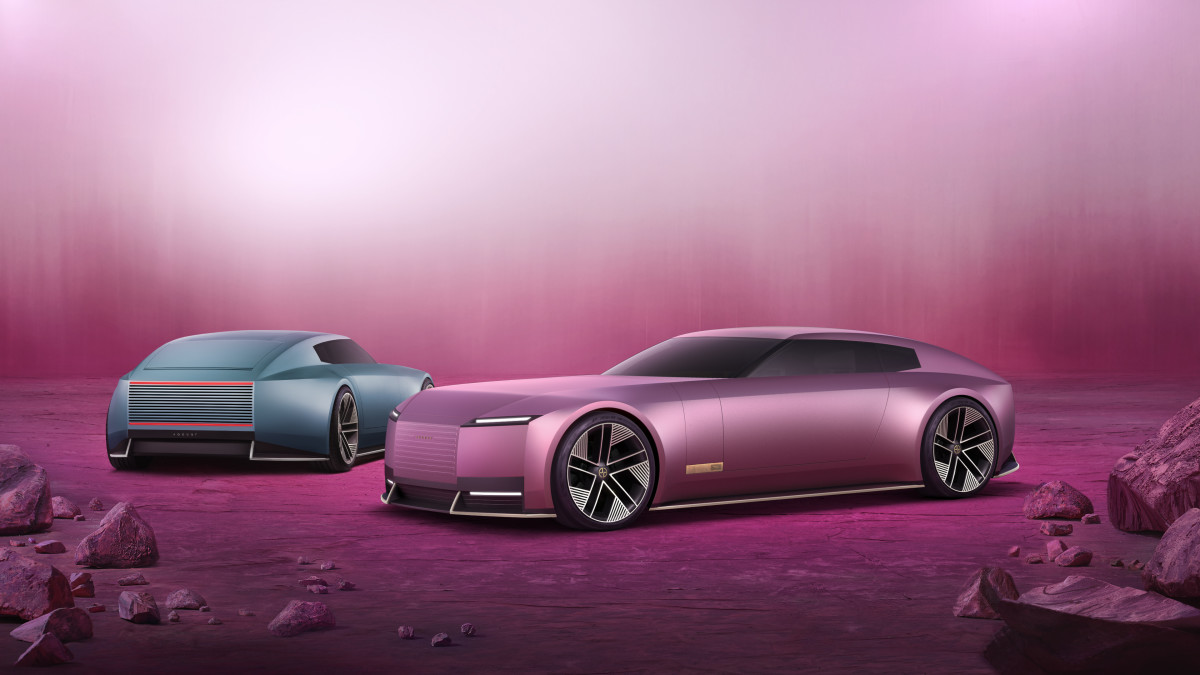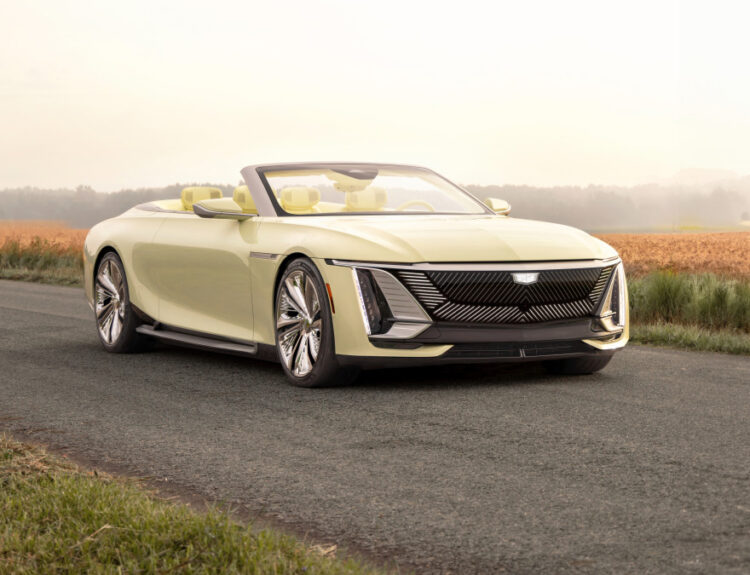
By now, the automotive world has taken note of the new Jaguar Type 00, an audacious concept vehicle that showcases the brand’s ambitious vision for the future. Unveiled during Miami Art Week, the reception it garnered seemed to hinge greatly on generational perspectives; younger viewers embraced its bold aesthetics, while their older counterparts greeted it with skepticism.
The Type 00 stands apart from Jaguar’s storied design lineage, signaling a deliberate departure from the elements that once defined its elegance.
Contemporary Design or a Nod to History?
This striking new design is undeniably dramatic, evoking powerful reactions. With a heavy, slab-sided profile that starkly contrasts with Jaguar’s trademark grace, the vehicle’s appearance leans towards a brutalist aesthetic. The familiar, flowing lines and voluptuous beltline that have characterized Jaguar models through the years seem absent, standing instead in stark connection to the bold craftsmanship of the 1931-35 Daimler Double-Six, a model from a brand Jaguar acquired in 1960.
At the rear, designers have leaned into a current trend that many might view as problematic: the omission of a traditional rear window. This choice raises safety concerns while also calling to mind vehicles like the Chrysler Crossfire, leading some critics to question its originality.

A Reimagined Brand Identity
Integral to the Type 00’s identity is Jaguar’s new branding, featuring a field of parallel lines they refer to as the “strikethrough.” This custom typeface, however, bears a striking resemblance to the 1970s ITC Serif Gothic Roman—a choice that some might argue lacks originality. Furthermore, the clarity of Jaguar’s new emblem, which reportedly combines the letters J and R, has been critiqued for not presenting this connection well; many viewers misconstrue it as two J’s, a misstep that raises eyebrows in an ostensibly custom design.
A Historical Perspective on Evolution
Jaguar has a history of refreshing its design ethos, a practice initiated by the brand’s founder, Sir William Lyons. Take the 1950 XK120, for example, which was modernized post-World War II, showcasing elegance with its elongated hood and seamlessly integrated headlights, a design language that persisted into its successors, the XK140 and XK150.
However, the XK150’s replacement, the 1961 E-Type, was a radical departure. Born from racing intent, it defined pure sports car design, utilizing a voluptuous line and rear-end styling that further highlighted aerodynamic endeavours.
Cultural Echoes and Market Realities
Fast forward to the 1975 XJS, which strayed far from the aesthetics of its predecessor, leading to divided opinions on its beauty and design coherence. The narrative of radical departures continues to resonate in the automotive landscape today.
Indeed, the Type 00 is a remarkable feat of design that dazzles in person—a modern interpretation that recalls the striking profiles of earlier Jag models such as the 1935 SS1 Airline Saloon.
Navigating a Challenging Market Landscape
As Jaguar renounces mass production and pivots toward a class-oriented model, the need for a reset in brand identity has become increasingly essential. After witnessing a significant decline in U.S. sales—plummeting from over 54,000 units in 2003 to a mere 8,284 two decades later—executives acknowledge that a new direction is imperative. With excess inventory hampering operations and many vehicle lines suspended, the shift aims to reposition Jaguar as a competitor in the luxury market, potentially aligning itself with the likes of Rolls-Royce and Bentley.
Rawdon Glover, Managing Director of Jaguar, articulates this vision clearly: “When we were at our best, we sold in relatively small volumes. We’re taking Jaguar back to its natural habitat.” Yet, the disconnect remains profound between aspiration and consumer perception.
Concluding Thoughts
Jaguar describes the Type 00 as “unmistakable, unexpected, and dramatic,” but critical voices linger. While the vehicle commands attention for its courageous design, there’s an underlying sentiment that it strays too far from Jaguar’s core identity. As the brand attempts to restart its narrative, the Type 00 stands as both a bold statement and a potential echo of the unfulfilled promise seen in earlier models like the XJS. The move toward a stark, radically redesigned future reflects the complexities of a legacy brand grappling with contemporary market realities—one that may prompt its enthusiastic observers to redefine what it truly means to be a Jaguar.

Source:www.autoblog.com






